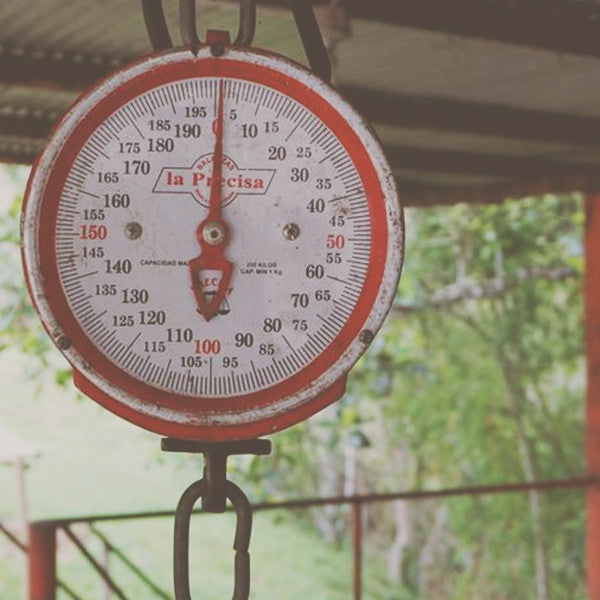
The business of coffee seems simple, but behind every cup is a tremendous system bringing together international trade, global shipping and transportation, and micro/macro economic issues that could make your head spin. For most of us - coffee enthusiasts - the further we go the more we learn. And the more we learn the more we question. This series of blog posts seeks to provide a glimpse into the third wave of coffee. You’ll also learn what White Tale coffee does to bring the world’s best beans to your doorstep.
This is the first of several posts intended to cover the main economic aspects of coffee. Feel free to pour a cup of your favorite brew and join us on the journey from soil to cup.
Cherry Picking
When harvest season arrives coffee pickers from all over the country bring their belongings along with them to setup a temporary life. They choose the farm where the paycheck, food, and accommodations are best. This seasonal lifestyle means that after coffee picking season, they will need to seek out whichever opportunities arise the remainder of the year (typically, other seasonal picking jobs).

In Colombia, for example, coffee production is a year-round industry, so demand for skilled agricultural labor is always high. Being an experienced coffee picker, or "recolector", able to identify a ripe coffee cherry from an almost ripe one makes some individuals more sought after. Those who are selected will likely go on to pick more than 250 lbs of coffee cherries per day by hand.
During our last visit in March the market rate for picking coffee cherry was hovering around $0.10/lb. A good day will net over $25, almost three times the minimum daily wage.
The color of coffee cherries signal critical quality indicators. Measures such as sugar level and acidity can be ascertained simply by looking at the color of a bean. Climate conditions (sunshine, rainfall, day/night temperature), geography (elevation, terroir, topography), as well as genetics (productivity, disease resistance, flavor) affect coffee bean development in different ways. For example, more significant temperature fluctuations between day and night will result in the more concentrated sugar. Coffee shrubs grown at higher elevation tend to be less productive but also less prone to bugs and diseases. Some growers claim specific soil conditions give their beans characteristic flavor notes.
But in the end, a skilled picker will know which cherries to pick: red is ripe, purple is perfect.

With over over a 140 subspecies of Coffee Arabica alone the nuances in hue and flavor are endless. Some of our favorites are Gesha or Geisha, Pink Bourbon, and Blue Mountain which stand out from their peers because of their lively acidity, wonderful balance, and sweetness, respectively.
05:00 a.m. - Official start of the work day. Breakfast is served in the main kitchen - coffee mixed with cane sugar cubes, arepas, and scrambled eggs.
40% - The amount of production costs that go into picking coffee cherries by hand. A labor intensive process
5 : 1 - The ratio (in lbs) of coffee cherries needed to yield a pound of parchment coffee (i.e. dried coffee). Taking into account the figure stated above, growers need to pick 7,250 lbs of coffee cherries to generate $1,500 in revenue.
This is a snapshot into the critical numbers driving the search for the very best beans before delivering them to your doorstep.


1 comment
Apr 03, 2023 • Posted by Lang Gabori
I still don’t understand the ratios used to convert coffee cherries to parchment coffee to green bean coffee. Is there any standard conversion ratios to work out so you know how much your getting from a certain quantity?
Leave a comment: